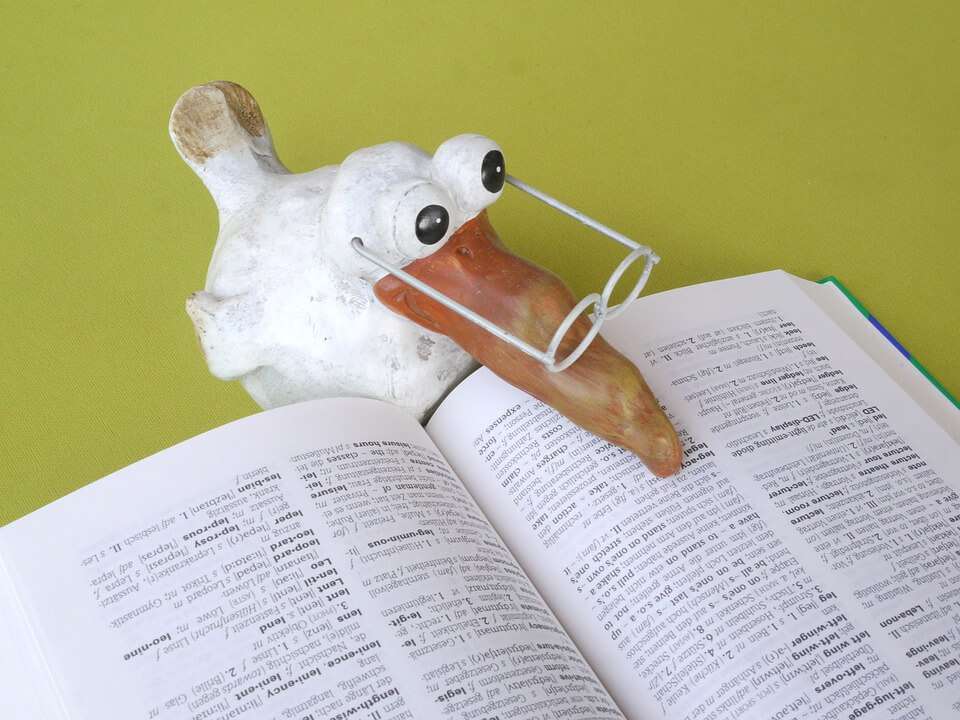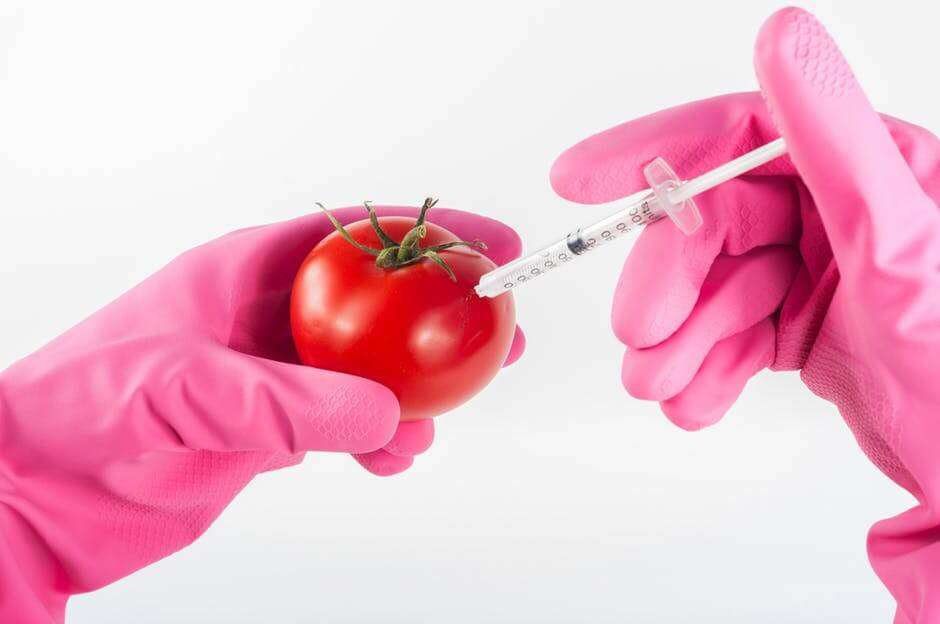Indian patent filing and jurisprudence in the biotech domain have seen neither the volume nor the attention enjoyed by the pharmaceuticals and telecommunications domains. Statistics published by the Indian Patent Office (IPO) for the five-year period from 2008 to 2013 reveal that while overall patent filing figures rose 18.6%, the biotech sector witnessed a decline of 55%, from 1,844 patent applications in 2008-2009 to 832 filings in 2012-2013. The numbers fell even more in terms of granted biotech applications, from 1,157 to just 144.
This negative trend may be attributed to several factors:
- narrow standards of patentability;
- a prohibitive filing fee for sequence listings;
- burdensome requirements (e.g., mandatory disclosure of the source and geographical origin of biological material); and
- The hurdle of prior approval from the National Biodiversity Authority (NBA).
Statutory hurdles of patentability
As well as meeting the patentability requirements of novelty, inventive step and industrial application, a biotech invention must constitute patent-eligible subject matter. Some inventions are excluded from patentability under Section 3 of the Patents Act 1970 for biotech patents, Sections 3(b), (c), (d), (e), (h), (i), (j) and (p) are relevant.
- Section 3(b) stipulates that an invention is ineligible for protection if its use or commercial exploitation is “contrary to public order or morality” or “causes serious prejudice to human, animal or plant life or health or to the environment”. For example, only genetically modified biological materials which cause no prejudice to human, animal or plant life or to the environment are patentable.
- Section 3(c). This mandates that the “discovery of any living thing or nonliving substances occurring in nature” does not constitute patent-eligible subject matter. For example, the extraction and isolation of biological materials is generally considered the mere discovery of a naturally occurring substance and is therefore barred under this provision. The recently released IPO Guidelines on the Examination of Biotechnology Applications for Patents expressly state that sequences isolated directly from nature are not patentable. In fact, under existing jurisprudence, only biological materials obtained as a result of substantial human intervention are considered patentable.
- Section 3(d). is one of the most controversial provisions of Indian patent law from an innovator’s perspective. This is mainly due to its broad applicability across almost all fields of technology and the extensive leeway afforded to authorities in its interpretation, the pitfalls of which have recently come to the fore in several pharmaceutical battles. For biotech patents, this section is frequently cited in respect of modifications of an existing substance. A limited exception in the sense that it does not set an absolute bar, Section 3(d) rules out patentability if modification of an existing substance does not yield a “new form of a known substance” which exhibits “enhancement of the known efficacy”. Some parameters for enhanced efficacy for pharmaceuticals have emerged from court decisions; however, in terms of biotech inventions, the nuances of this expression are not yet known.
- Section 3(e), which excludes from patentability “a substance obtained by mere admixture” and any process for its preparation. Combination vaccines invariably invite proscription under this clause. Under existing practice, a composition comprising known components is considered patentable only if it exhibits synergism. However – akin to ambiguities surrounding enhanced efficacy under Section 3(d) – synergism regarding biotech patent applications lacks a clear statutory definition, leaving the IPO to determine patentability issues on a case-by-case basis.
- Section 3(h), which stipulates that “a method of agriculture or horticulture” is unpatentable subject matter, the IPO automatically objects to biotech inventions pertaining to the fields of agriculture and horticulture. The recent guidelines have helped to a limited extent by clarifying that Section 3(h) is applicable only to “conventional methods” performed on open fields.
- Section 3(e), which excludes from patentability “a substance obtained by mere admixture” and any process for its preparation. Combination vaccines invariably invite proscription under this clause. Under existing practice, a composition comprising known components is considered patentable only if it exhibits synergism. However akin to ambiguities surrounding enhanced efficacy under Section 3(d) synergism regarding biotech patent applications lacks a clear statutory definition, leaving the IPO to determine patentability issues on a case-by-case basis.
- Section 3(i), which excludes from patentability “any process for the medicinal, surgical, curative, prophylactic, diagnostic, therapeutic or other treatment of human beings or any process for a similar treatment of animals to render them free of disease or to increase their economic value or that of their products”. Significantly, however, in several instances the IPO has granted patents for in vitro diagnostic methods performed on tissues or fluids which had been permanently removed from the body. However, the guidelines brought in vitro diagnostic methods under the remit of Section 3(i), so the IPO is unlikely to grant such patents in future. The guidelines do not have the force of law and are subject to revision based on interpretations by higher judicial authorities. To date, the courts have not yet ruled on whether in vitro diagnostic methods can be considered outside the scope of Section 3(i), but it is hoped that the courts will adopt a liberal interpretation when the time comes.
- Section 3(p) also arise quite often. This section categorically excludes from patentability an invention which in effect “is traditional knowledge or which is an aggregation or duplication of known properties of a traditionally known component or components”. To clear the qualifying bar set by this provision, claims are examined against searches of traditional knowledge databases, including the Traditional Knowledge Digital Library. Inventions which typically come under the scanner for ineligibility are extracts and alkaloids and active ingredients that are naturally present in plants, combinations of plants with known therapeutic effects, combination products of known active ingredients and discoveries of optimum or workable ranges of traditionally known ingredients through routine experimentation.
- Section 3(j), which is broadly modelled on Article 27.3(b) of the Agreement on Trade-Related Aspects of IP Rights. Section 3(j) excludes from patentability “plants and animals in whole or any part thereof”, “seeds, varieties and species” and “essential biological processes for production or propagation of plants and animals”. Accordingly, methods of crossing and breeding which are essentially biological processes are un-patentable. However, akin to Section 3(b), the bar is lifted in the case of processes involving substantial human intervention. Meanwhile, parallel legislation the Plant Varieties Protection and Farmers’ Rights Act 2001 – accords sui generis protection to transgenic plant varieties.
Apart from the hurdles encountered under Section 3 of the Patents Act and the lack of a significant body of jurisprudence, other burdensome requirements specific to India exist which discourage prospective applicants from filing biotech inventions. For instance, an applicant must pay a filing fee of around $13 per page of sequence listing. This places a significant financial burden on patent applicants, especially since biotech inventions are complex and typically may comprise hundreds of pages of sequence listings.
Case- Study: Patent Expert Issues related to Biotechnology
Biotechnology generally concerns application of Molecular and Cellular Biology, to take or modify products or processes. It includes scientific and industrial disciplines focused on understanding and manipulating living or biologically active material at molecular level, often involving DNA techniques and the analysis of genetic information. Modern biotechnology is expected to lead to important breakthroughs in any field, such as health, food, energy and environment. While the patentability criteria prescribed in patent law apply to inventions in all field of technology in same manner, the application of patent law to all laws of invention of biotechnology has to deal with a number of particularities that may not exists in the same way in other areas of technology.
One set of issues relates to the scope and legal standard of patent protection. While in principle in accordance with the Agreement on Trade related aspects of Intellectual Property Rights, patents are available for any invention in any or all field of technology, the issues of patentability of biological material, isolated or derived from naturally occurring living organism has triggered widespread discussion. Some argue that such biological material are mere “discoveries”, and therefore not patentable while others argue that they are man -made inventions.
With respect to industrial applicability and sufficiency of disclosure, the exclusive patent right may be granted only when appropriate level of concrete and practical use of biotechnology invention is disclosed in patent application. The debate addresses the importance of ensuring that the claims are not broader than is justified by the inventions disclosed in patent application, in particular, where it is an early and fundamental stage of innovation or a new gene with its future application still not determined. The application of patentability criteria has further implication on licensing and other issues related to exploitation of patents. In this context exceptions and limitations to patent rights, in particular research and experimental use exception, has been considered important to downstream innovation.
In addition, a number of typical issues relating to biotechnological invention results from the fact that biological material is capable of reproducing itself. This specific characteristics requires determination of law as to example i.) The scope of legal protection for future generation ii.) Exhaustion regimes iii.) Special rules if any for plant or animal breeders or farmers. Further the development of genetic engineering resulting in possibility of overlap between plant variety and plant protection even in countries where patent protection for plant varieties is excluded. While each of these system provide a scope of protection and rights as well as limitation that are distict from each other, the interplay between the two systems is under scrutiny. Other relevant issues, such as conservation of biodiversity and ethical dimensions of protection and commercialization of biotechnological inventions.
Case study: Bioethics and Patent law Relaxin Case
This article introduces an occasional series, which highlights issues that have risen in some significant patent law cases concerning biotechnology. We begin by outlining some bioethical questions that arise in connection with patenting biological inventions. Biotechnology is booming, innovation in biotech is producing new medicines, treatments, and processes with potential to save or transform lives of millions. As new technological frontiers are crossed, our expectations continue to rise. But so too do the complexities of associated bioethics. One aspect of this area concerns the way in which biotechnological inventions are protected, or excluded from protection by intellectual property right.
When considering bioethics in an IP context, some critical distinction have to be kept in mind. For instance ethical argument for or against permitting researchers to undertake to undertake research on certain technologies should be distinguished from the rights or wrongs of permitting the outcome of such research to be patented. But the patent system does not exists in a moral vacumm. The intersection between bioethics and IP lies rather in question such as: is it morally acceptable to grant exclusive patent right over a particular technology, such as isolated DNA sequence? What issues of prior informed consent arise when genetic resources are used to develop a patented inventions? What ethical concern arise regarding the way the exclusive rights over technology or exercised.
In patent law of most countries, the same basic rules and principles governing the patents of biotechnological invention, only genuine inventions, not mere discoveries are eligible, the same condition of novelty, inventive steps, and industrial applicability apply, the applicant must fully disclose how to carry out invention.
Patenting Human Gene – The Case of Relaxin
The central debate on bioethics and IP evolve around the morality of what is loosely referred to as patenting life. The jurisprudence of the EPO offer a more better illustration of legal and ethical concern about patenting genes. In question was a patent of relaxin a hormone that relaxes the uterus during childbirth, and which it was hoped has medical application in reducing the need for caesarean in difficult deliveries. Relaxin from pig was first described in 1926, but it was not until 1975, that Howard institute of Australia isolated and determined the chemical structure of human form of hormone. Their subsequent research revealed a second form of insulin, the existence of which had not previously suspected. The structure of human relaxin was found to differ form other species such that only human relaxin could be used for medical purpose envisaged.
In order to obtain sufficient quantities of the hormone to explore its therapeutic use, it was necessary to manufacture it in synthetic form. So having isolated the nucleotide sequence that coded for relaxin, recombinant DNA technique were used to clone gene, making it possible subsequently to produce synthetic relaxin.










